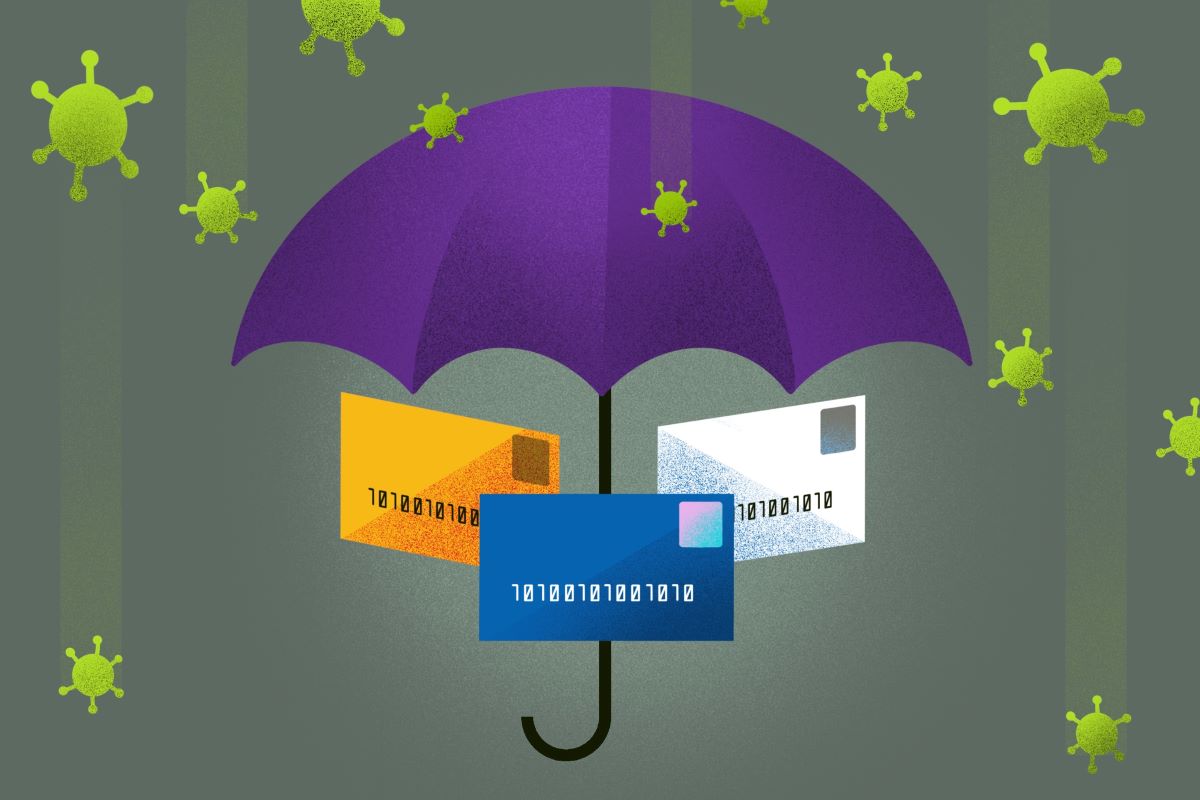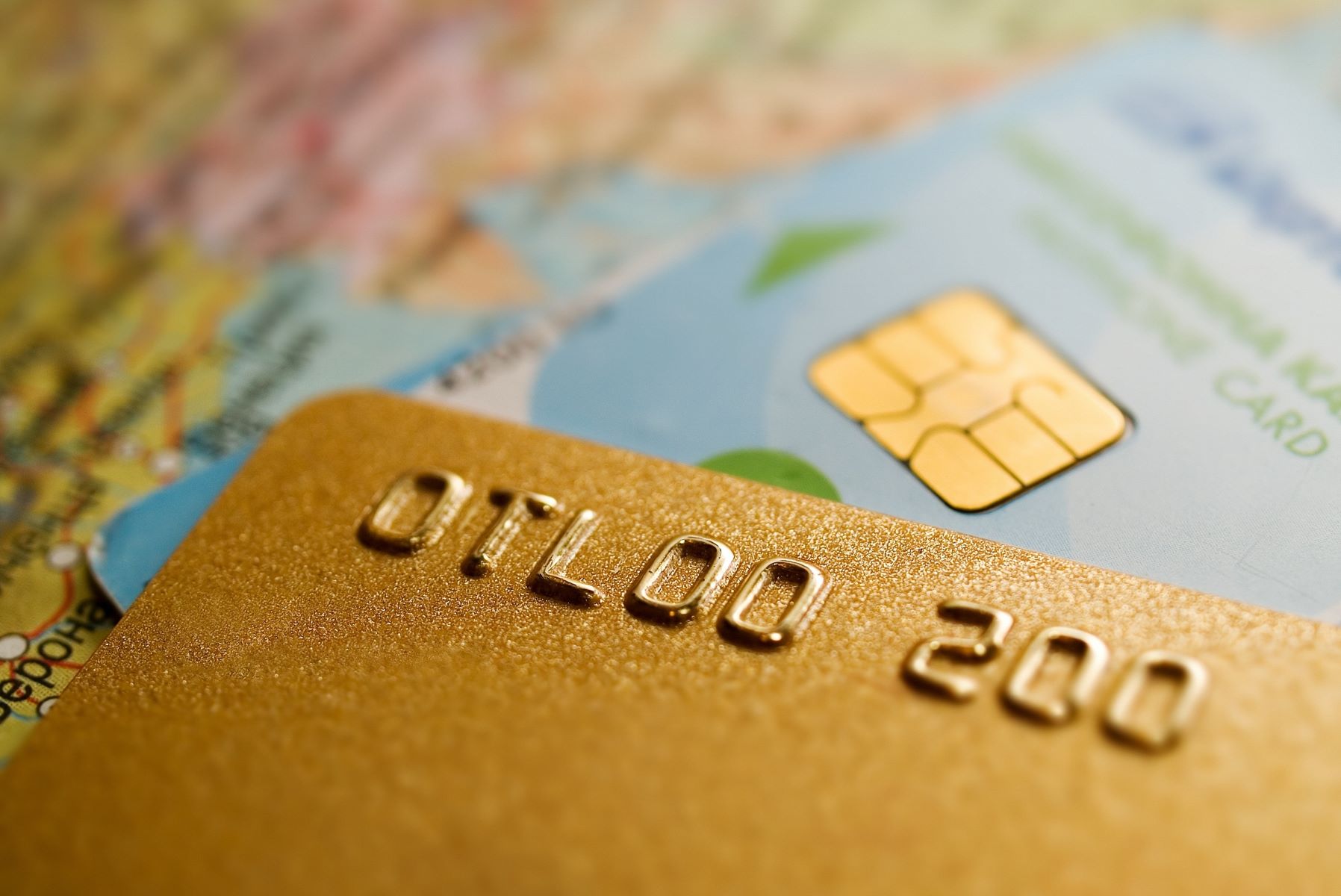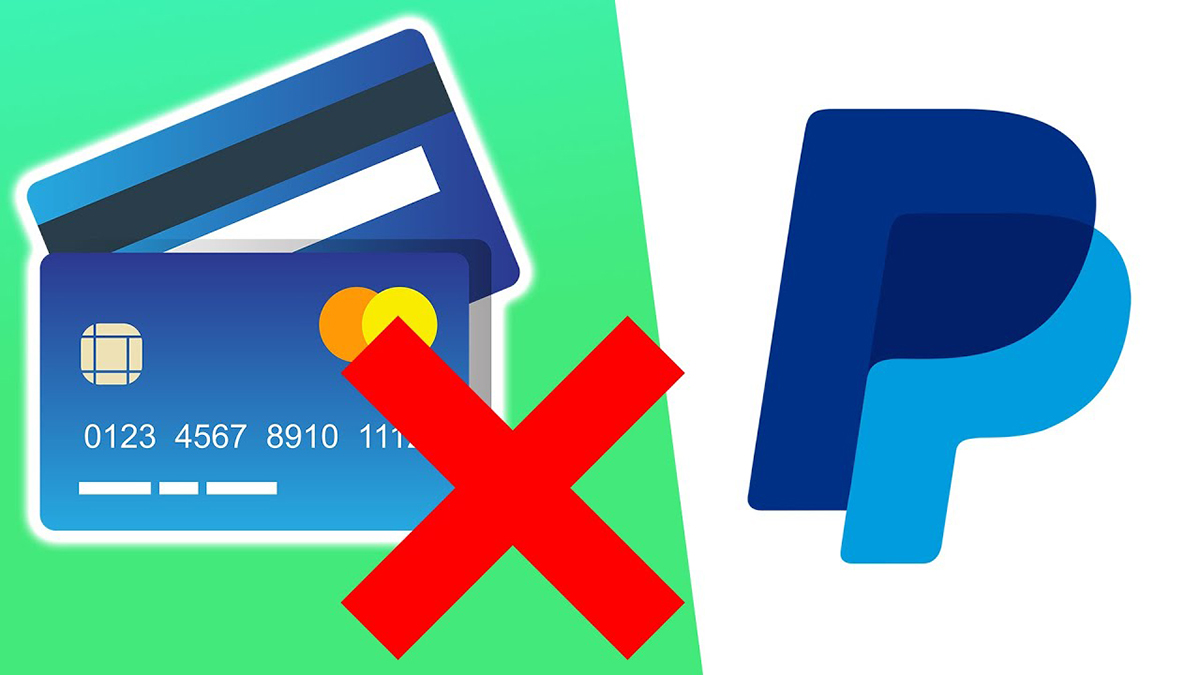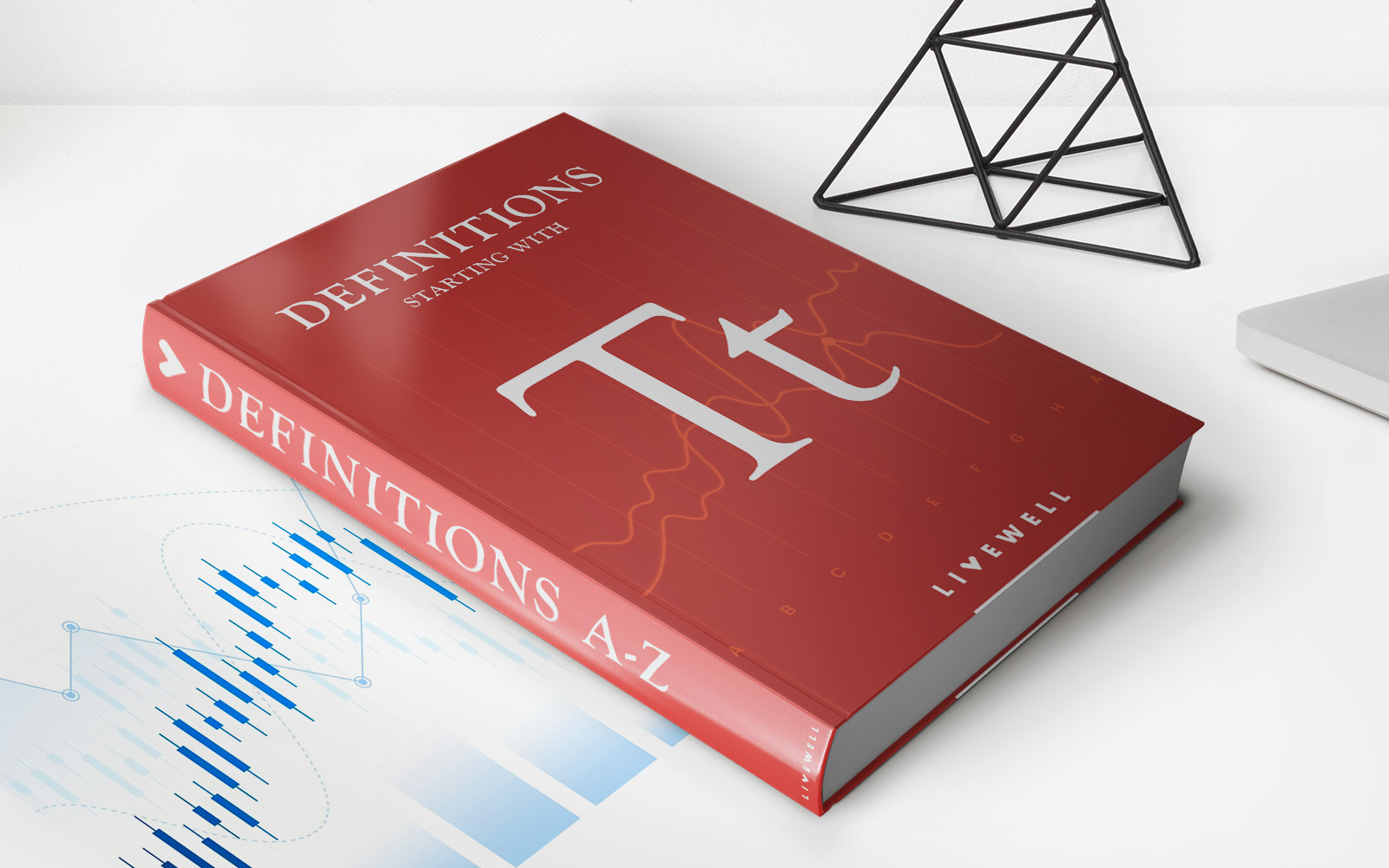Home>Finance>How Is The Credit Card Used During The Simulation?
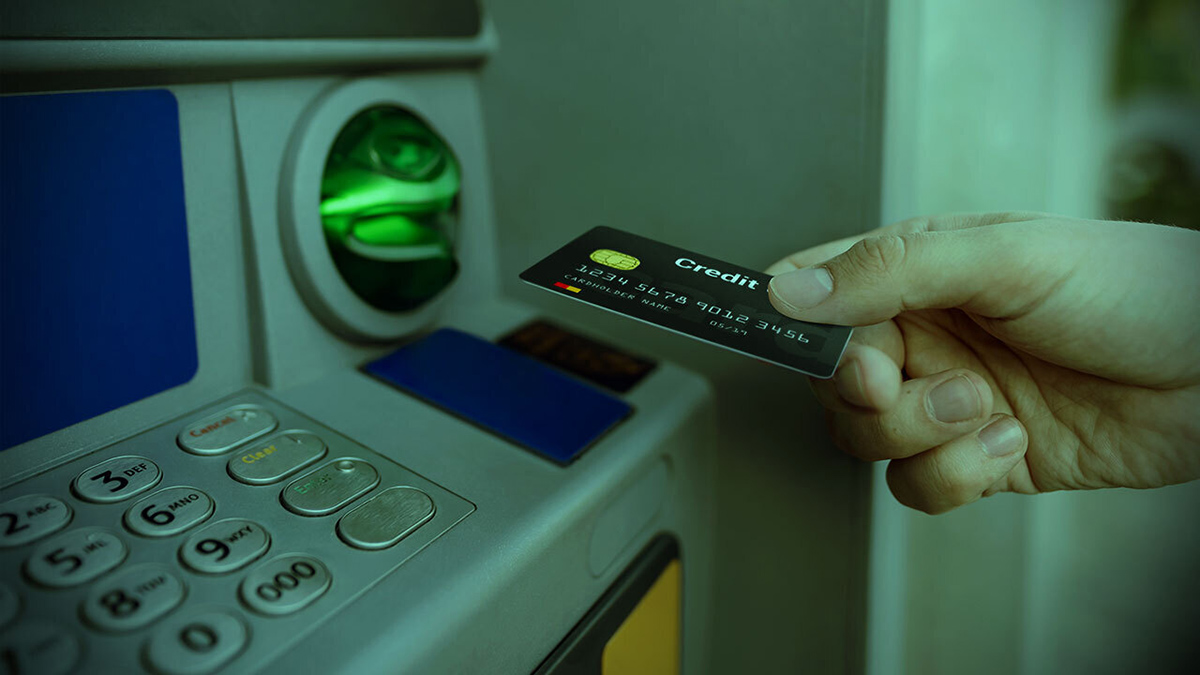

Finance
How Is The Credit Card Used During The Simulation?
Published: November 11, 2023
Discover the role of credit cards in financial simulations and gain insights into how they are utilized. Enhance your finance skills with practical application!
(Many of the links in this article redirect to a specific reviewed product. Your purchase of these products through affiliate links helps to generate commission for LiveWell, at no extra cost. Learn more)
Table of Contents
Introduction
Welcome to the world of finance, where credit cards play a significant role in our daily transactions. In this article, we will delve into how credit cards are used during financial simulations, gaining a deeper understanding of their functionality and importance in managing personal finances.
Financial simulations provide individuals with a real-world experience of handling money, making purchases, and managing cash flows. These simulations offer a safe environment for individuals to learn about financial management and make informed decisions before venturing into the actual financial landscape.
One essential aspect of financial simulations is the use of credit cards. Credit cards have become an integral part of modern-day transactions, offering convenience and flexibility in making purchases. By simulating credit card usage, individuals can learn how to effectively manage their expenses, understand the concept of credit limits, track their spending, and earn potential rewards and benefits.
Throughout this article, we will explore various aspects of credit card usage during financial simulations, ranging from making purchases and tracking expenses to understanding credit limits and statement management. Additionally, we will discuss how credit card usage in simulations reflects real-life financial situations and prepares individuals for managing their finances in the future.
By the end of this article, you will have a comprehensive understanding of how credit cards are utilized within financial simulations and how they contribute to a well-rounded financial education. So, let’s dive in and explore the world of credit cards in financial simulations.
Overview of the Simulation
Before we delve into the specifics of credit card usage in financial simulations, let’s first gain a general understanding of what these simulations entail. Financial simulations provide individuals with a virtual environment to learn and practice various financial management concepts and strategies.
Simulations often mimic real-life scenarios, allowing participants to make financial decisions and observe the outcomes without facing real-world consequences. These simulations can cover a wide range of financial topics, including budgeting, investing, saving, and managing credit.
Participants are typically given a virtual budget or income, which they must allocate wisely to meet their needs and financial goals. By experiencing the consequences of their financial decisions virtually, participants can gain valuable insights and develop useful financial skills that they can apply in real life.
Financial simulations are designed to be interactive and engaging, fostering active learning and critical thinking. Participants are presented with various financial challenges and opportunities, encouraging them to make informed choices and develop effective financial strategies.
Simulations also provide participants with real-time feedback and analysis of their financial decisions, allowing them to reflect on their choices and understand the potential long-term impacts. This feedback helps participants become more aware of their financial behaviors and make adjustments to improve their financial well-being.
Now that we have a better understanding of financial simulations let’s explore how credit cards fit into this virtual financial landscape, and the role they play in simulating real-life transactions and financial management.
Understanding the Credit Card
Before we dive into the specifics of using credit cards in financial simulations, let’s first familiarize ourselves with the concept of a credit card. A credit card is a plastic payment card that allows individuals to make purchases on credit. Instead of paying for a transaction with cash or a debit card, a credit card allows the cardholder to borrow money from a financial institution to complete the purchase.
Credit cards come with a predetermined credit limit, which represents the maximum amount of money that can be borrowed using the card. This credit limit is determined by factors such as the cardholder’s credit history, income, and financial stability. It is important to note that exceeding the credit limit may result in additional fees or penalties.
When a purchase is made with a credit card, the cardholder essentially enters into a short-term loan agreement with the credit card issuer. The cardholder is required to repay the borrowed amount, along with any interest or fees, within a specified period. Failure to repay the credit card balance on time can lead to high interest charges and a negative impact on the cardholder’s credit score.
One of the key benefits of using a credit card is the ability to earn rewards and benefits. Many credit cards offer cashback, travel rewards, or points that can be redeemed for various perks and discounts. These rewards programs incentivize cardholders to use their credit cards for purchases and can provide substantial savings over time.
Credit cards also offer additional benefits such as purchase protection, extended warranties, and fraud protection, which can provide peace of mind when making transactions. Furthermore, credit card usage is often reported to credit bureaus, contributing to the cardholder’s credit history and potentially improving their credit score if used responsibly.
Now that we have a clear understanding of the purpose and benefits of credit cards, let’s explore how they are utilized within financial simulations to replicate real-life transactions and financial management.
Credit Card Transactions in the Simulation
Within financial simulations, credit card transactions mimic real-life purchases made with a credit card. Participants have the opportunity to use their virtual credit cards to make transactions and experience the financial implications of credit card usage.
Similar to real-world scenarios, participants can use their simulated credit cards to make purchases at various merchants and online retailers. This includes buying everyday items such as groceries, clothing, and household supplies, as well as larger purchases like electronics or furniture.
When making a credit card transaction in the simulation, participants need to input the relevant card information, including the card number, expiration date, and CVV (Card Verification Value) code. This process simulates the authorization process that occurs in real life when using a credit card for payment.
Once the transaction is authorized, the purchase amount is deducted from the participant’s virtual credit card balance. It is important for participants to be mindful of their available credit limit and ensure that they do not exceed it while making transactions.
In some simulations, participants may also have the option to choose whether to pay the credit card balance in full or make minimum payments. This decision reflects the real-life choice between paying off the full credit card balance to avoid interest charges or making minimum payments and carrying a balance, which can result in accruing interest over time.
Credit card transactions in financial simulations also provide participants with an opportunity to experience the potential benefits of using credit cards, such as earning cashback rewards or accumulating points that can be redeemed for discounts or other perks. This incentivizes participants to make strategic decisions regarding their purchases and explore the benefits that credit cards offer.
Overall, credit card transactions in financial simulations replicate the real-life experience of using a credit card for purchases, allowing participants to understand the financial implications and decision-making processes involved. By engaging in these simulated transactions, participants can gain valuable insights into managing their credit card usage and enhancing their financial literacy.
Using the Credit Card for Purchases
One of the primary purposes of a credit card is to facilitate purchases. In financial simulations, participants have the opportunity to use their virtual credit cards to make a wide range of purchases, simulating real-life buying experiences.
When using a credit card for purchases in the simulation, participants can explore various options and make decisions based on their financial goals and budgets. They can choose to make everyday purchases like groceries, dining out, or shopping for clothing and accessories. They can also make larger purchases such as electronics, appliances, or even plan for vacations.
Using a credit card for purchases offers several advantages. It provides convenience, allowing individuals to make transactions without the need for cash or debit cards. Credit cards are accepted widely, online and in physical stores, providing flexibility in payment options. Participants have the freedom to make purchases without worrying about carrying large amounts of cash or maintaining multiple payment methods.
Using a credit card in financial simulations also enables participants to track their expenses more efficiently. As each transaction is recorded, participants can review their purchase history and evaluate their spending patterns. This allows for better budgeting and helps participants understand their financial habits.
Additionally, using a credit card for purchases within the simulation can provide insights into responsible financial decision-making. Participants can evaluate the affordability of a purchase and decide whether to proceed with it, considering factors such as available credit limit, interest rates, and potential impact on their overall financial goals. This simulation-based experience helps individuals develop sound financial judgment and make informed choices when it comes to spending.
It is important to note that in financial simulations, using a credit card for purchases introduces a potential debt element. Participants need to be aware of their virtual credit card balance and ensure they can repay the borrowed amount in a timely manner. Making conscious decisions regarding purchases and considering the financial implications is a crucial aspect of using a credit card for purchases within financial simulations.
By simulating the use of a credit card for purchases, individuals can practice responsible spending, develop budgeting skills, and gain a better understanding of the impact of credit card usage on their overall financial well-being.
Making Payments with the Credit Card
Just as in real life, making timely payments is crucial when using a credit card in financial simulations. It is essential for participants to understand the payment process and manage their credit card balances effectively.
In financial simulations, participants have the option to make credit card payments within the specified payment cycle. This mirrors the payment deadlines and billing cycles that individuals encounter in real-life credit card usage.
When it comes to making payments with their virtual credit cards, participants can choose between paying the balance in full or making minimum payments. Paying the balance in full means clearing the total amount owed, ensuring no interest or charges are incurred. On the other hand, making minimum payments allows participants to carry forward a balance, subject to interest charges on the remaining amount.
It is important for participants to consider their financial goals and circumstances when deciding whether to make full or minimum payments. Paying the balance in full can help avoid interest charges and maintain good credit health, while making minimum payments provides temporary relief but may accumulate additional interest over time.
As participants make their credit card payments within the simulation, they will see their virtual credit card balance decrease in accordance with the amount paid. This exercise helps participants understand the importance of timely payments and the impact of different payment options on their credit card balances.
Additionally, making payments within financial simulations allows participants to practice financial discipline and develop responsible payment habits. They can observe the difference in their credit card balances and explore strategies to manage their debts effectively.
Participants should also be mindful of any penalties or fees associated with late payments. Just like in real-life credit card usage, missing payment deadlines in financial simulations can result in late payment fees and potentially negatively impact their credit scores.
By including payments as part of the credit card simulation experience, participants can gain practical knowledge on the importance of managing credit card balances, making timely payments, and the potential consequences of not doing so. This hands-on learning opportunity helps individuals develop essential financial management skills that can be applied in real-world scenarios.
Credit Card Limit and Available Balance
Understanding the credit card limit and available balance is crucial when using a credit card in financial simulations. The credit card limit represents the maximum amount of credit extended to the cardholder by the credit card issuer. The available balance, on the other hand, refers to the remaining credit limit that can be used for purchases.
In financial simulations, participants are assigned a virtual credit card with a specific credit limit. This credit limit is determined based on various factors, including the participant’s income, credit history, and the policies of the simulation platform.
Participants must keep a close eye on their credit card limit to ensure they do not exceed it. Exceeding the credit limit may result in additional fees or penalties within the simulation. It is important to manage their available balance effectively to avoid any unexpected disruptions during their financial journey.
As participants make credit card purchases within the simulation, the amount of each transaction is deducted from their available balance. It is essential for participants to regularly monitor their available balance and track their spending to ensure they stay within their credit limit.
In some financial simulations, participants may even have the option to increase their credit limit. This can simulate real-life scenarios where cardholders can request a limit increase based on their creditworthiness and financial stability. Participants, however, must exercise caution and carefully weigh the potential consequences of increasing their credit limit.
Monitoring the credit card limit and available balance within financial simulations mirrors the real-life responsibility of managing one’s credit card usage. This practice helps participants develop awareness of their spending habits, practice responsible credit card management, and avoid overextending themselves financially.
Overall, keeping track of the credit card limit and available balance allows participants to maintain control over their credit card usage, make informed purchasing decisions, and cultivate responsible financial habits that can positively impact their financial well-being in the long run.
Monitoring Credit Card Statements
Monitoring credit card statements is essential for effective financial management, both in real life and within financial simulations. Credit card statements provide a detailed overview of all transactions made using the credit card, allowing participants to track their expenses and identify any discrepancies.
In financial simulations, participants receive virtual credit card statements that resemble real credit card statements. These statements contain information such as the billing cycle, payment due date, transaction details, and the current credit card balance.
Regularly reviewing credit card statements within the simulation helps participants stay informed about their financial activities and maintain a clear understanding of their spending patterns. By carefully examining their statements, participants can identify any unauthorized transactions or errors and take appropriate actions.
Monitoring credit card statements in financial simulations also allows participants to reconcile their expenses and compare them to their budget or financial goals. This practice enables participants to evaluate their spending habits, identify areas where they may be overspending, and make necessary adjustments.
In addition to transaction details, credit card statements within financial simulations may also provide additional information, such as interest charges, fees, and rewards earned. These statements simulate the real-world experience of receiving and analyzing credit card statements while managing personal finances.
By incorporating the monitoring of credit card statements into financial simulations, participants develop the habit of staying on top of their financial transactions. This includes verifying the accuracy of charges, budgeting effectively, and taking proactive steps to address any potential issues or discrepancies.
Furthermore, monitoring credit card statements allows participants to evaluate the impact of their financial decisions and make informed adjustments to their spending habits. It provides valuable insights into their financial behaviors, empowering them to make more informed choices and work towards their long-term financial goals.
Overall, regular monitoring of credit card statements within financial simulations is an essential practice that promotes financial literacy, responsible spending, and effective financial management skills.
Credit Card Rewards and Benefits
Credit card rewards and benefits are an enticing aspect of credit card usage in financial simulations and real-life scenarios. Many credit card issuers offer various rewards programs and benefits to incentivize cardholders to use their credit cards for purchases.
In financial simulations, participants can explore the potential rewards and benefits that come with using a credit card. This includes cashback rewards, travel perks, airline miles, points programs, and discounts at partner merchants.
Cashback rewards are a popular type of credit card reward where participants earn a certain percentage of their purchases back in the form of cash or credits. This incentivizes participants to use their credit cards for everyday expenses and can provide significant savings over time.
Travel rewards and perks are particularly attractive for individuals who enjoy traveling. Participants can earn points or miles for their credit card spending, which can be redeemed for discounted flights, hotel stays, or even upgrades.
Points programs offer participants the opportunity to accumulate points through their credit card purchases. These points can be redeemed for various rewards, such as gift cards, merchandise, or even charitable donations.
Aside from rewards, credit cards often come with additional benefits. These benefits can include purchase protection, extended warranties on eligible purchases, travel insurance, and fraud protection. Participants in financial simulations can experience the value of these additional perks and understand the advantages they offer.
It is important for participants to review the terms and conditions of the credit card rewards and benefits within the simulation. This ensures they understand the eligibility criteria, redemption process, and any limitations or restrictions that may apply.
By incorporating credit card rewards and benefits into financial simulations, participants gain a practical understanding of the potential advantages of using credit cards wisely. They can explore the ways to maximize their rewards, evaluate the benefits against the annual fees of the credit card, and make informed decisions about which card suits their needs and spending patterns best.
Overall, credit card rewards and benefits within financial simulations provide participants with an opportunity to experience the added value that credit cards can offer. This knowledge empowers individuals to make financial decisions that align with their goals, maximize their benefits, and make the most of their credit card usage.
Conclusion
Financial simulations provide a valuable opportunity for individuals to gain practical experience in managing their personal finances. Within these simulations, credit cards play a significant role, simulating real-life transactions and financial management processes.
Throughout this article, we have explored various aspects of credit card usage in financial simulations. From using credit cards for purchases to making payments, monitoring credit card statements, and taking advantage of rewards and benefits, participants can develop crucial financial management skills.
By using credit cards within financial simulations, individuals can practice responsible financial decision-making, develop budgeting skills, and understand the potential consequences of credit card usage. They can also experience the benefits of using credit cards, such as cashback rewards, travel perks, and additional protection for their purchases.
Financial simulations offer a safe and controlled environment for individuals to learn and experiment with different financial strategies. They can gain a better understanding of credit limits, tracking expenses, and the importance of making timely payments. These skills are essential for managing personal finances and building a solid foundation for future financial success.
Ultimately, credit card usage within financial simulations enables participants to develop financial literacy, make informed decisions, and establish responsible financial behaviors. The lessons learned in these simulations can be applied to real-life situations, empowering individuals to navigate the complex world of personal finance confidently.
So, as you embark on your financial simulation journey, remember to embrace the opportunities that credit card usage presents. Take advantage of the rewards and benefits, monitor your statements closely, and make payments responsibly. By doing so, you will not only enhance your financial skills but also build a strong foundation for your future financial well-being.





